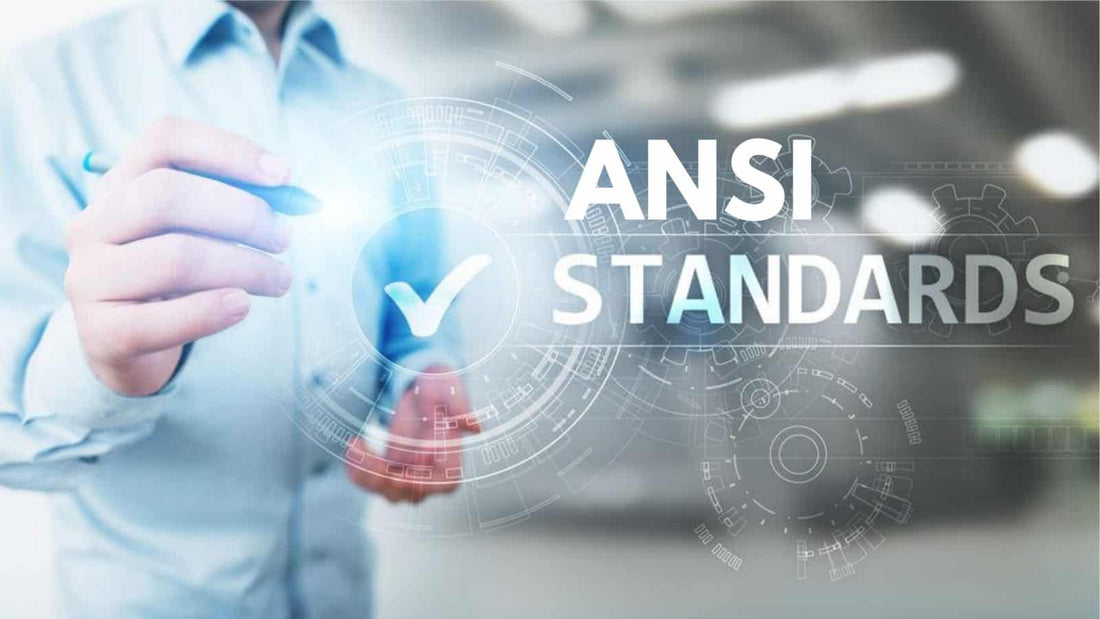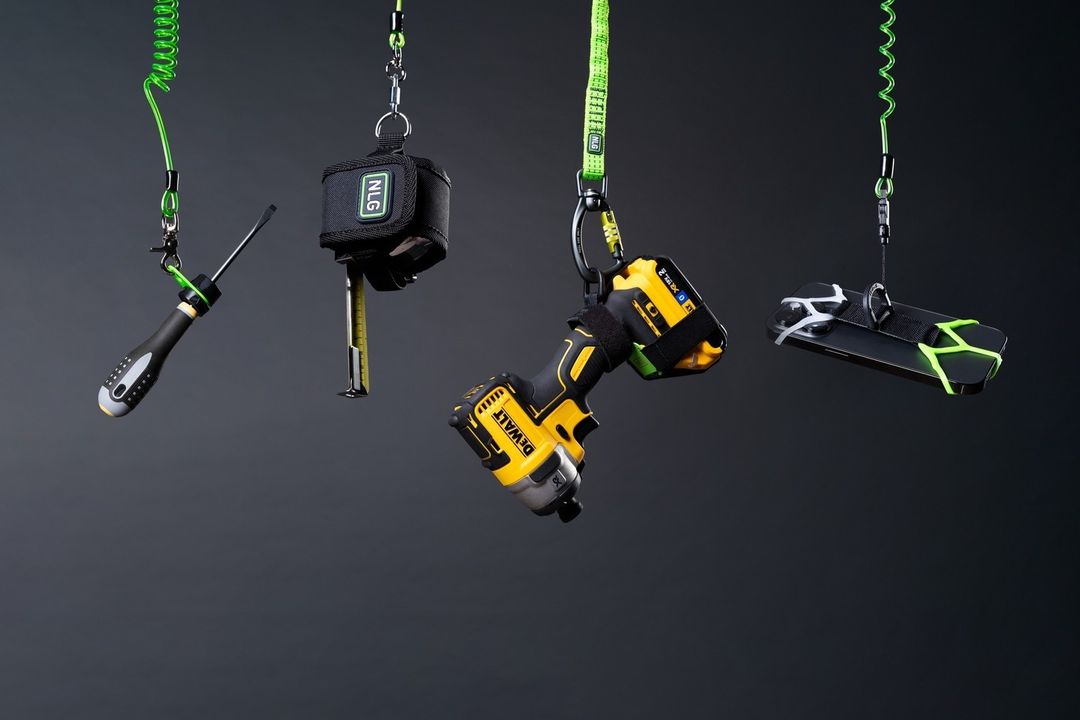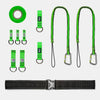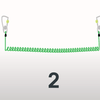In the world of tool tethering, where security and reliability are essential, it is important to know which standards and guidelines apply. Although there is no specific European standard regarding tool tethering, we cannot ignore the relevance of the ANSI/ISEA 121-2018 standard for the European market. In this blog article we will explain why this American standard is still valuable and meaningful for tool tethering in Europe.
The CE marking : Minimum requirements, not specific to tool tethering: Let's first take a moment to consider the CE marking, which is often seen as the basic requirement for products on the European market. The CE marking indicates that a product meets the minimum European health, safety and environmental requirements. However, the CE marking is a general certification and guideline, which has not been specifically developed for tool tethering. This means that it does not adequately address all aspects of tool tethering and does not provide any specific guarantee for the performance and security of tool tether products.
The value of the ANSI/ISEA 121-2018 standard: In this lack of a specific European standard lies the value of the ANSI/ISEA 121-2018 standard for tool tethering in Europe. This standard was developed by the American National Standards Institute (ANSI) and the International Safety Equipment Association (ISEA) and focuses specifically on tool tethering. The standard sets strict requirements for the performance, test methods and classifications of tool tether systems.
What makes the ANSI/ISEA 121-2018 standard relevant for the European market?
- Reliable Performance: The ANSI/ISEA 121-2018 standard ensures that tool tether products do what they are designed to do - prevent falling tools. By meeting this standard, manufacturers can demonstrate that their products have been tested and validated against strict performance criteria.
- Consistent Quality: The ANSI/ISEA 121-2018 standard provides a uniform benchmark for the quality of tool tether products. Manufacturers who adhere to this standard demonstrate their commitment to consistent quality and safety.
- Increased Safety: The ANSI/ISEA 121-2018 standard includes extensive testing methods and classifications to ensure tool tether products can withstand the toughest environments. This contributes to an increased level of safety for users in Europe, where they can rely on products developed according to internationally recognized standards.
Conclusion: Although there is no specific European standard for tool tethering, the ANSI/ISEA 121-2018 standard is of great importance for the European market. By meeting this standard, manufacturers can demonstrate that their tool tether products deliver reliable performance and meet strict quality and safety requirements. Compliance with this standard provides peace of mind and confidence for users in Europe, knowing they are working with tool tether products designed to protect them from falling tools. Let's strive for a safe working environment by choosing tool tether products that meet the ANSI/ISEA 121-2018 standard.
The Never Let Go tool tethering range fully complies with the strict ANSI/ISEA 121-2018 standard and is therefore the safest choice for tool fall protection.

Click here for more information about the ANSI certification of the Never Let Go range.




